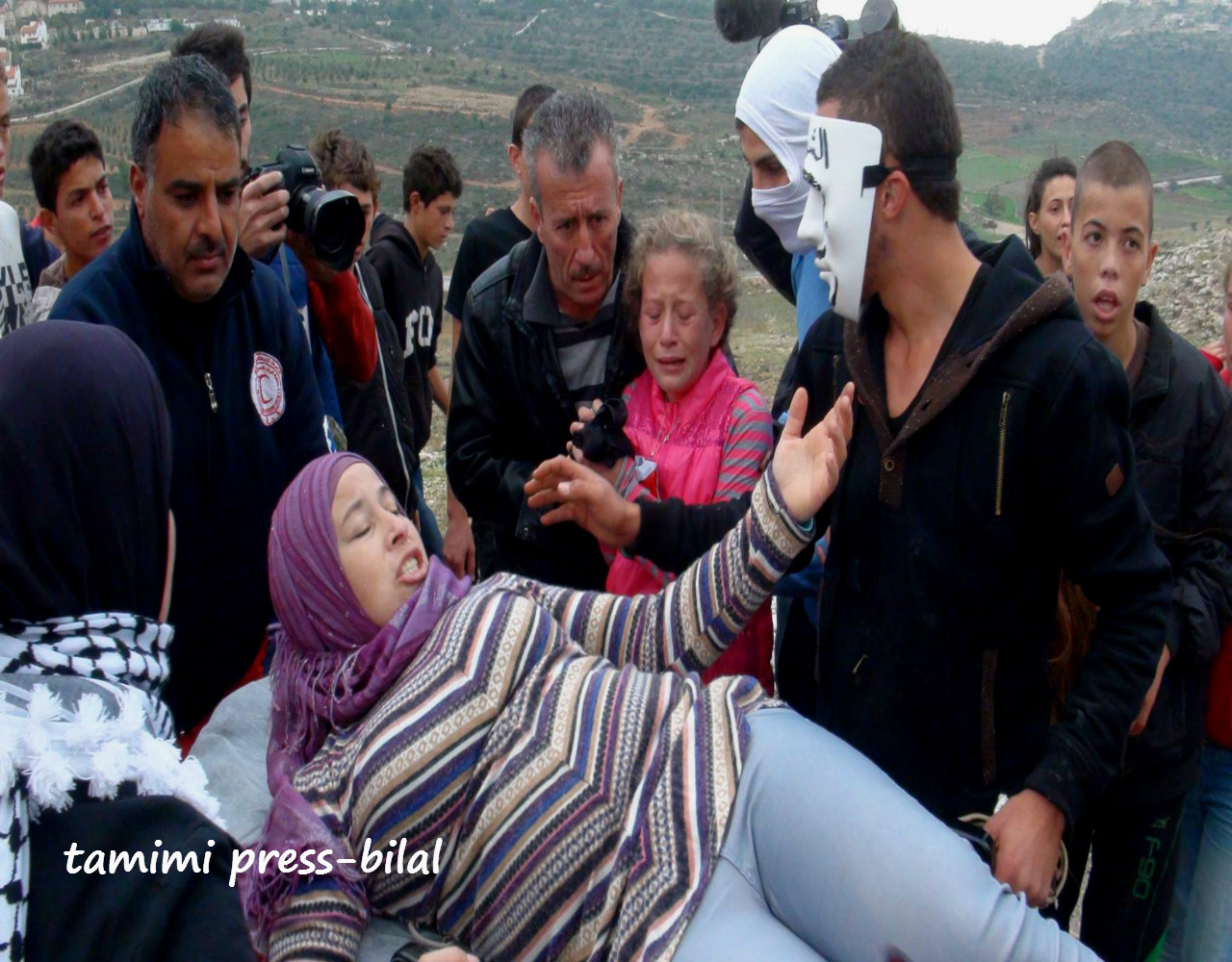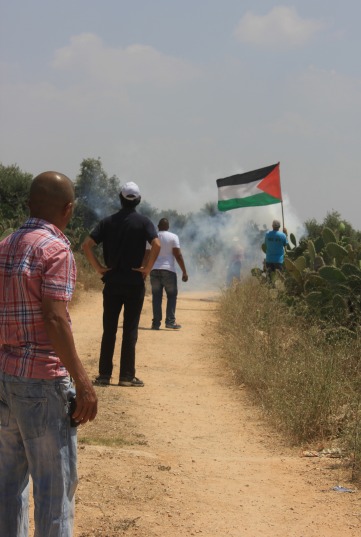Tag: 0.22 bullets
-
Three shot with live ammunition during Nabi Saleh protest
22nd November 2014 | International Solidarity Movement, Ramallah team | Nabi Saleh, Occupied Palestine Israeli forces shot and injured three Palestinians participating in a weekly Friday demonstration in the village of Nabi Saleh. Soldiers fired .22 caliber bullets, a form of live ammunition which has maimed and killed multiple Palestinians, even as Israel continues to claim it as a…
-
Violence in Ni’lin
14th June 2014 | International Solidarity Movement, Ramallah team | Ni’lin, Occupied Palestine A Red Crescent paramedic, present at the Ni’lin demonstration last week, spoke to ISM about the protest last Friday, 6th June. He explained that the demonstration began as the protesters marched towards the apartheid wall, with Israeli soldiers firing tear gas canisters and rubber-coated steel bullets. After just 15…
-
IDF still using banned weapon against civilian protestors
Chaim Levinson | Ha’aretz 19 September 2010 The Israel Defense Forces continues using the Ruger 10/22 rifle to disperse protests even though it has been prohibited by the military advocate general, a hearing at a military court revealed last week. A brigade’s former operations officer told the court he wasn’t even aware of the prohibition.…


